We may earn money or products from the companies mentioned in this post. This means if you click on the link and purchase the item, I will receive a small commission at no extra cost to you ... you're just helping re-supply our family's travel fund.
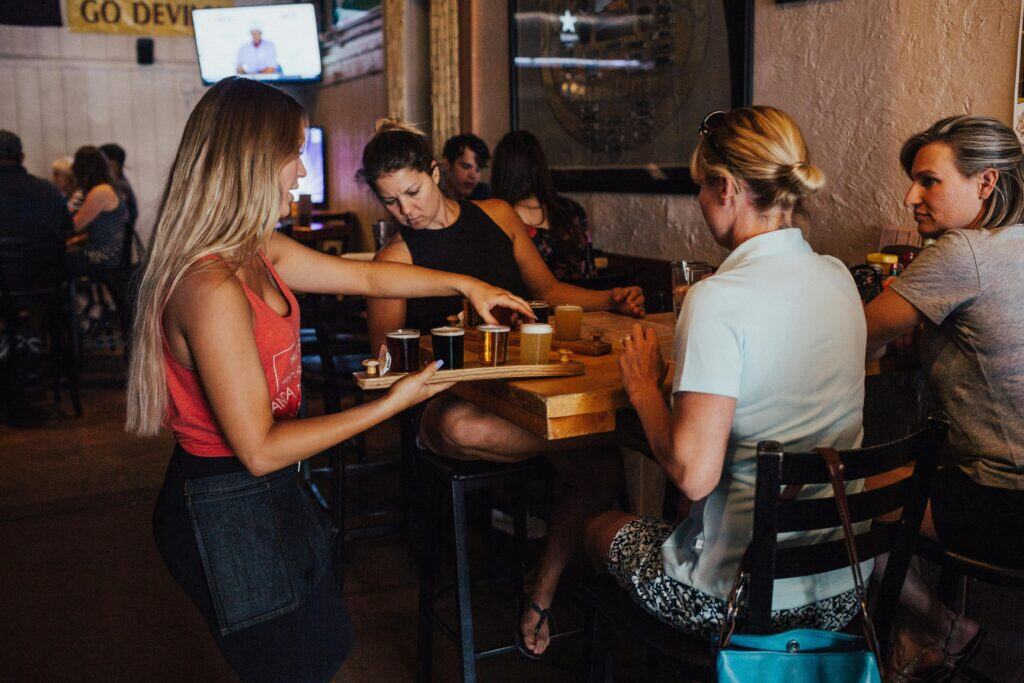
Beer history lives in brick, steam, and stubborn house yeast. A good route links archives to tap handles so stories pour beside lagers and ales. The aim is not speed but a steady loop through families, factories, and towns that shaped regional taste. Breweries work like museums with fresher sources and warmer lighting. Cellars hum, copper shines, and labels mark decades of work. What follows is a grounded itinerary of classic names, working tours, and pours that explain how styles survived and why they still fit the table.
Pottsville, Pennsylvania, D.G. Yuengling & Son
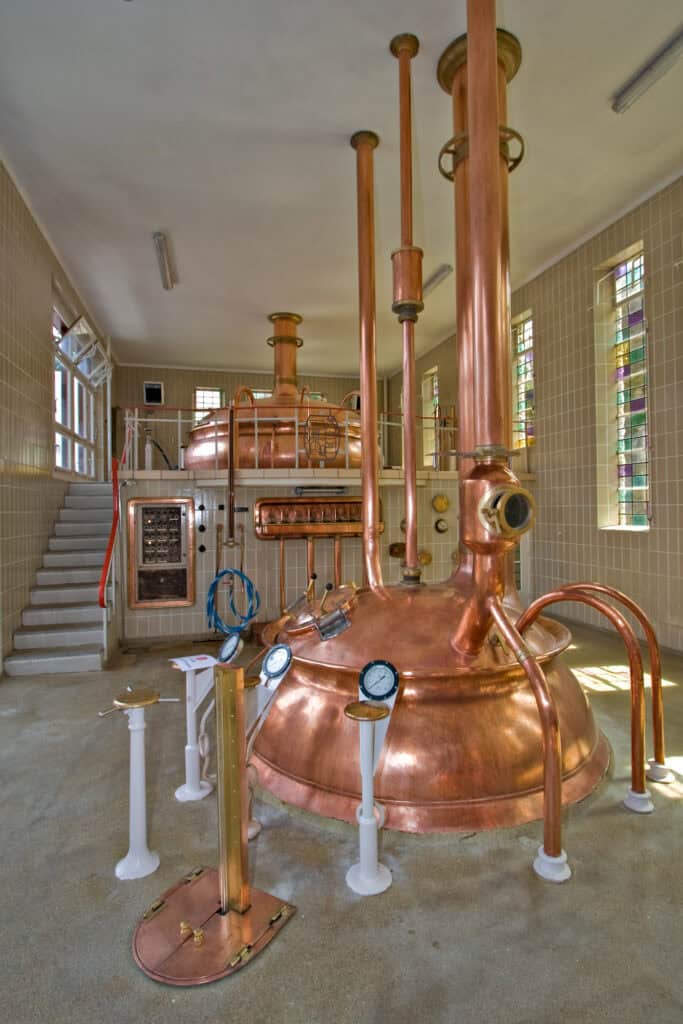
America’s oldest operating brewery hugs a hillside where lager found its footing in coal country. Brick tunnels cool the air, and an old ledger shows how a pre Prohibition survivor navigated ice, rail, and returnable bottles. Guides move through racking rooms to a can line that feels like clockwork. The town treats packaging days like small festivals. Tastings close on a clean, dependable lager built for porches and ballparks. History is not behind glass here; it rolls off the line and rides home cold.
St. Louis, Missouri, Anheuser Busch Brewhouse

Gilded brick and tiled kettles frame the playbook that scaled American beer. Walk past floor maltings, cold cellars, and labs where yeast custody is guarded like a family heirloom. Archivists explain how refrigeration, rail cars, and national ads turned a river town into a headquarters. Clydesdales charm, yet process steals the show. Filtration, carbonation, and packaging cadence explain why a familiar pour lands the same from Tampa to Tacoma. Consistency becomes heritage, and the brewhouse feels like the engine room of that idea.
Milwaukee, Wisconsin, Miller and Pabst Heritage

Milwaukee stacks stories in working plants, mansion tours, and a brick courtyard where brand lore meets taproom tables. Guides connect immigrant maltsters to lake ice, shipping routes, and corner saloons that set a city’s rhythm. Samples lean light and bright, then shift to throwback recipes with corn sweetness and sharp bubbles. Side streets carry steins and union history. The metro reads like a case study in how breweries anchor wages, architecture, and Friday rituals without losing neighborhood scale.
New Ulm, Minnesota, August Schell Brewing

Peacocks patrol a lawn outside a family brewery that guards German American lagers with quiet pride. The museum traces strikes, hard winters, and decades of choosing when to modernize and when to wait. Tours move from copper to stainless and into galleries where labels mark births, fairs, and block parties. Helles, dunkel, and bocks pour with soft malt and steady bitterness. The lesson is patience and fit. Styles evolve slowly, keep their manners, and still arrive right on time for a new drinker.
Golden, Colorado, Coors Brewery
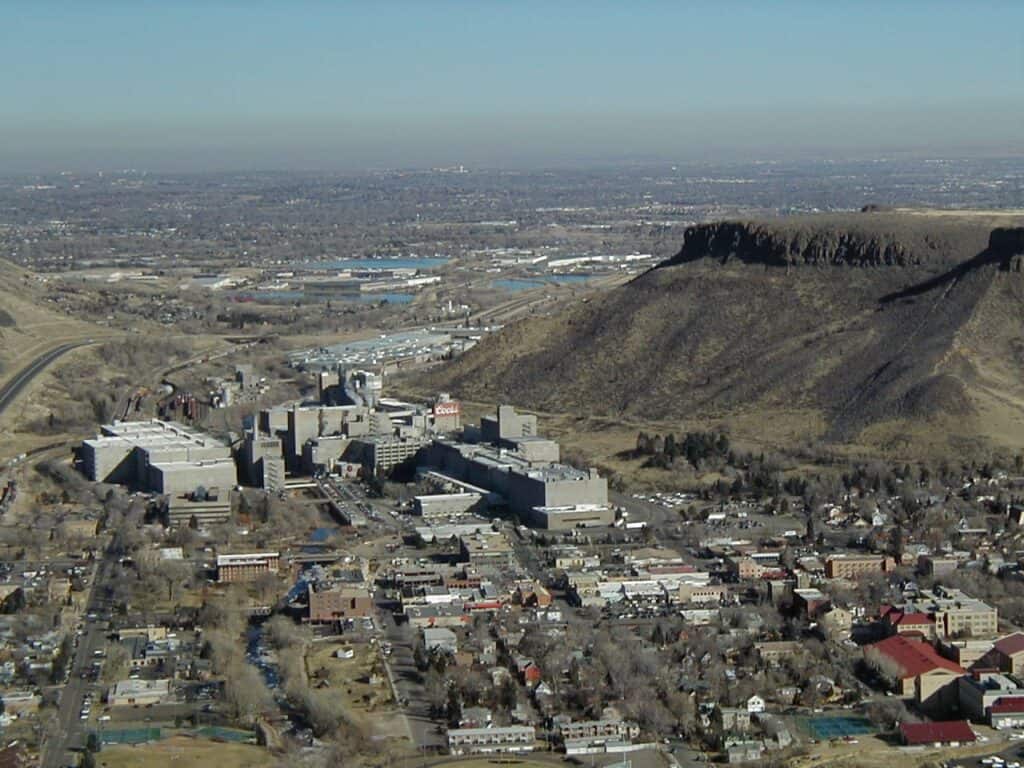
A canyon of stainless rises against a mountain that fed a brand’s mythology. Guides walk mash tuns the size of gyms and explain cold conditioning as an operational habit, not a slogan. Logistics matter in this story. Rail sidings, aluminum supply, and a can line that moves like a metronome keep shelves full across time zones. Final pours land bright and brisk, paired with a town view that reads like an old postcard. Scale becomes a kind of craft when every step is measured and repeatable.
Rochester, New York, Genesee Brew House
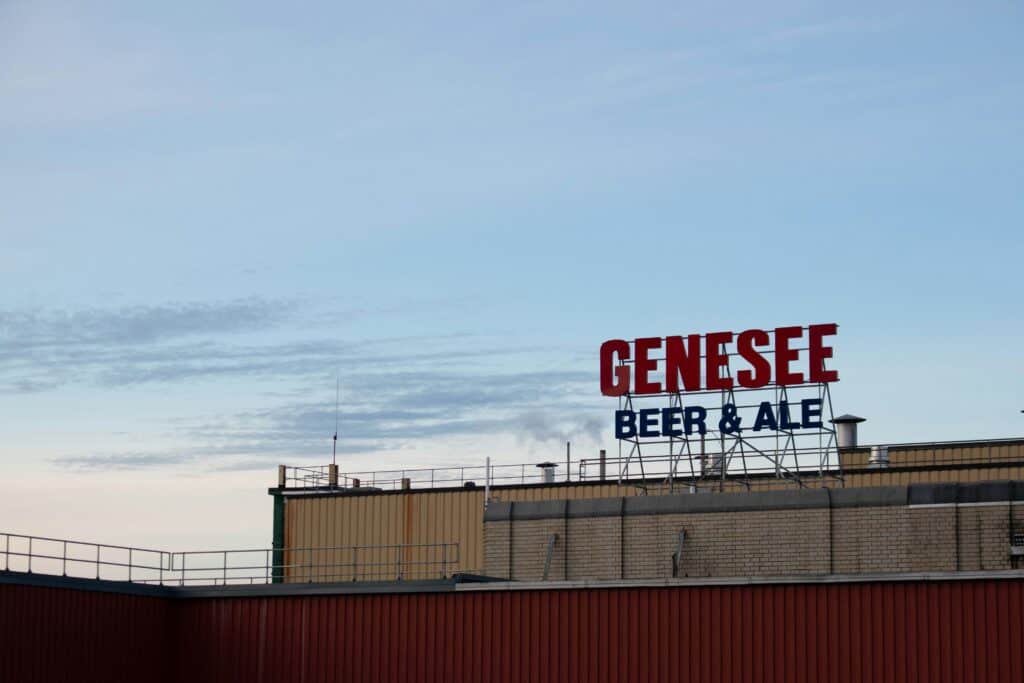
An old plant turned visitor center links Cream Ale to a city of mills and bridges. Displays outline bottle loops, union crews, and regional loyalty that steadied a brand through thin years. A pilot system revives heritage recipes with small tweaks and chalkboard notes. Cream Ale drinks like a solved problem, crisp and soft with a whisper of fruit, friendly to a burger or a fish fry. The river outside ties the narrative together and explains why factories and beer grew side by side.
Shiner, Texas, Spoetzl Brewery

A small town keeps a wide fan base with a flagship that tastes like county fair nights. Tours pass brick walls, cedar scents, and weathered signs that outlived marketing cycles. Brewdays nod to Czech and German roots while seasonals travel well to cookouts and porch swings. The gift shop feels playful, but cellars are all business. Shiner Bock pours caramel and bread without weight, a style that wears heat well. The lesson is clarity and pace. Keep it honest, keep it drinkable, keep it local.
Chico, California: Sierra Nevada Brewing
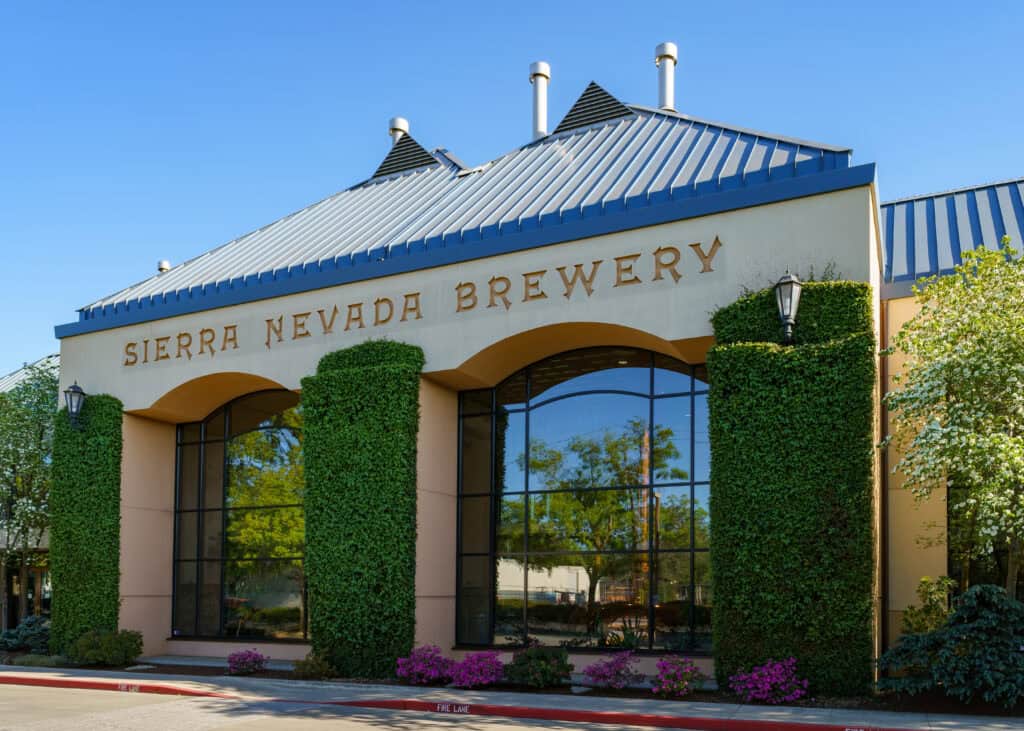
A pioneer kept its hop spine and built an ecosystem around it. The tour moves from whole cone hop rooms to heat recovery loops and a German can line tuned like an instrument. Pale Ale arrives as a handshake, then Celebration or Torpedo sharpen the point with pine and citrus. The taproom kitchen turns pairing into practice, showing where bitterness meets fat and salt. What began in a garage now tutors quietly on logistics, energy, and standards that never learned to bend.